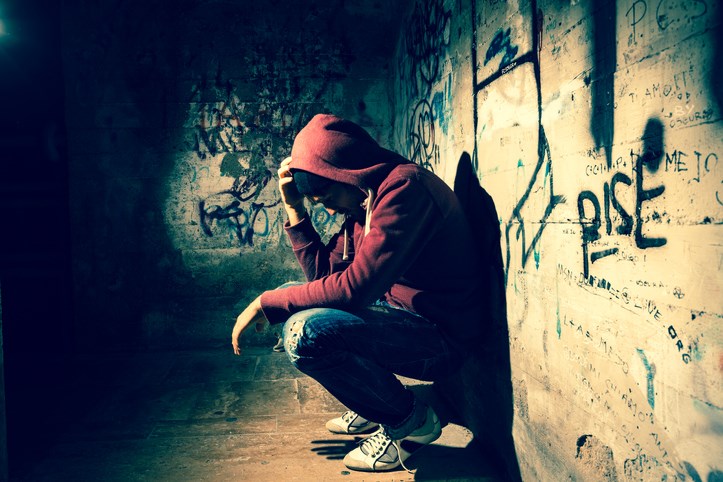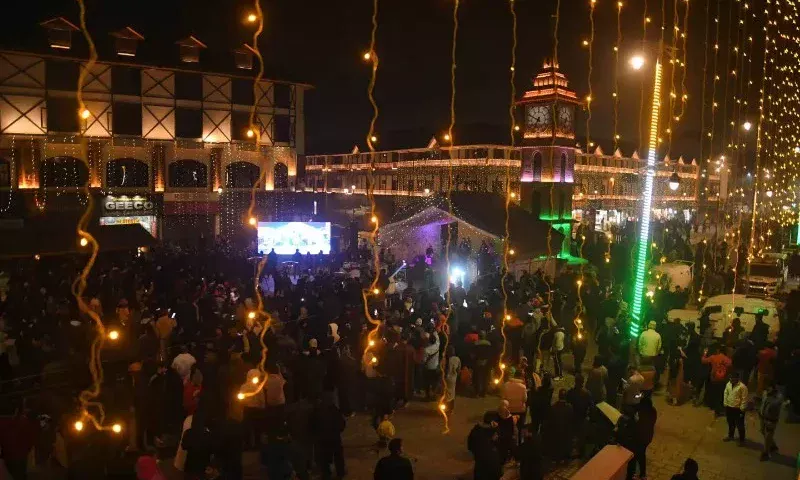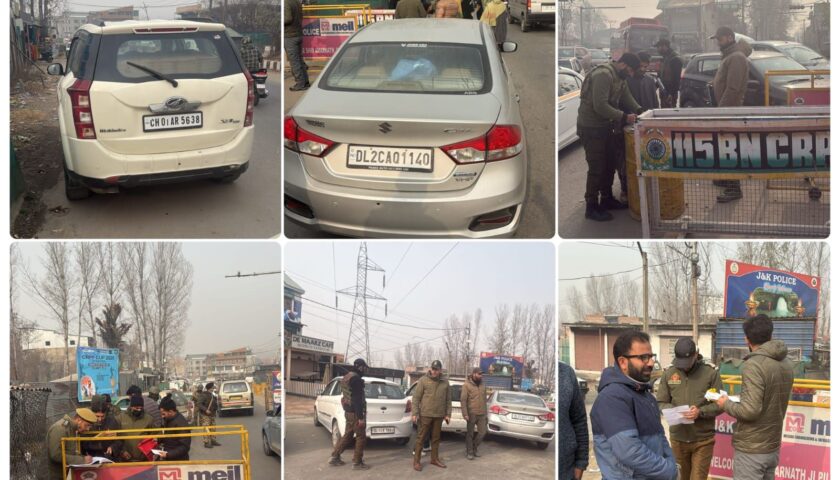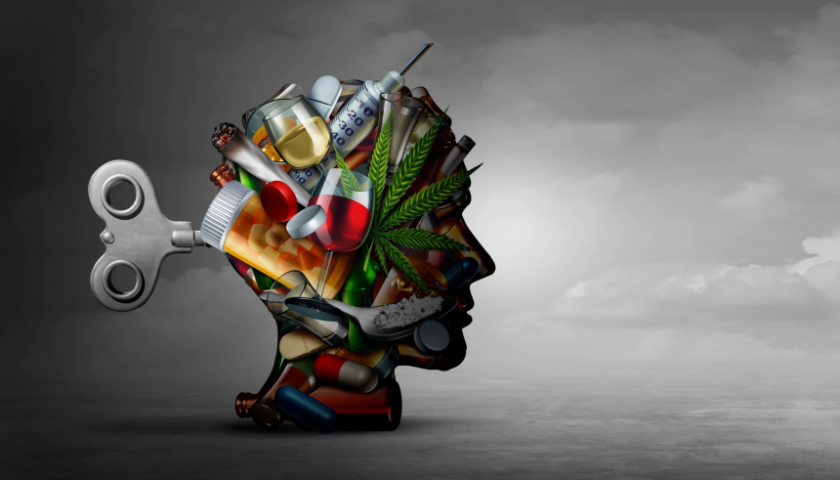Substance Abuse in Kashmir: A Crisis Unfolding
In the picturesque valleys of Kashmir, a dark and growing crisis is gripping families and communities—substance abuse. The story of Murtaza Hussain, a 27-year-old recovering heroin addict, sheds light on the devastating impact of addiction on individuals and their loved ones.
A Promising Future Lost to Addiction
Once a disciplined and ambitious student, Hussain’s life took a tragic turn during his 11th grade. His father recalls the early signs: withdrawing from family, skipping school, and staying out late. What began as bad company soon spiraled into heroin addiction. To fund his habit, Hussain resorted to desperate measures, including stealing and selling his mother’s jewelry.
“I betrayed the people who loved me the most,” Hussain admitted, his voice trembling with regret. Over four years, his addiction consumed nearly ₹10 lakh, leaving his family in financial and emotional ruin. His father, Abdul Rasheed, now speaks with bitterness and despair: “I prayed for my son’s success, but today, I pray for his death.”
The Growing Crisis in Kashmir
Hussain’s story is not unique. Drug addiction has become a pervasive issue in Kashmir, with many young men falling prey to substance abuse. Families are left shattered, grappling with stigma, financial devastation, and emotional despair.
The Jammu and Kashmir Assembly recently held a heated discussion on the crisis. Health Minister Sakina Itoo acknowledged the alarming rise in drug addiction but expressed optimism about the impact of the “Nasha Mukt Abhiyan” campaign launched in 2022. According to government data, the number of individuals undergoing drug de-addiction treatment dropped from 9,775 in 2022 to 6,925 in 2024. However, legislators remain divided on whether this decline reflects genuine progress.
Government Efforts and Challenges
The government has implemented several measures to combat drug addiction, including:
- Establishing 11 Addiction Treatment Facilities (ATFs) in Kashmir and 9 in Jammu.
- Expanding de-addiction services to all 20 districts and 9 Government Medical Colleges (GMCs).
- Launching awareness campaigns and forming a state-level monitoring committee.
While outpatient (OPD) cases have declined, inpatient (IPD) cases have risen due to improved treatment facilities. Despite these efforts, challenges such as stigma, lack of resources, and the scale of the crisis persist.
A Call for Accountability
The Assembly debate turned confrontational when AAP MLA Mehraj Malik accused the BJP of neglecting the issue during the years when J&K had no elected government. Speaker Abdul Rahim Rather intervened, announcing a special session to deliberate on strategies for tackling the crisis.
Senior legislator M.Y. Tarigami emphasized the urgency of the situation: “Drug addiction has drastically increased. Those who ruled this region for the past 10 years must answer for this crisis.”
The Road to Recovery
For individuals like Hussain, the journey to recovery is long and uncertain. While he battles his addiction at a de-addiction center, the scars of his past remain. “I lost my dignity, my education, my family’s trust. Now, I just want a second chance,” he confessed.
As Kashmir grapples with this growing crisis, the need for comprehensive and sustained efforts to address substance abuse has never been more urgent.




